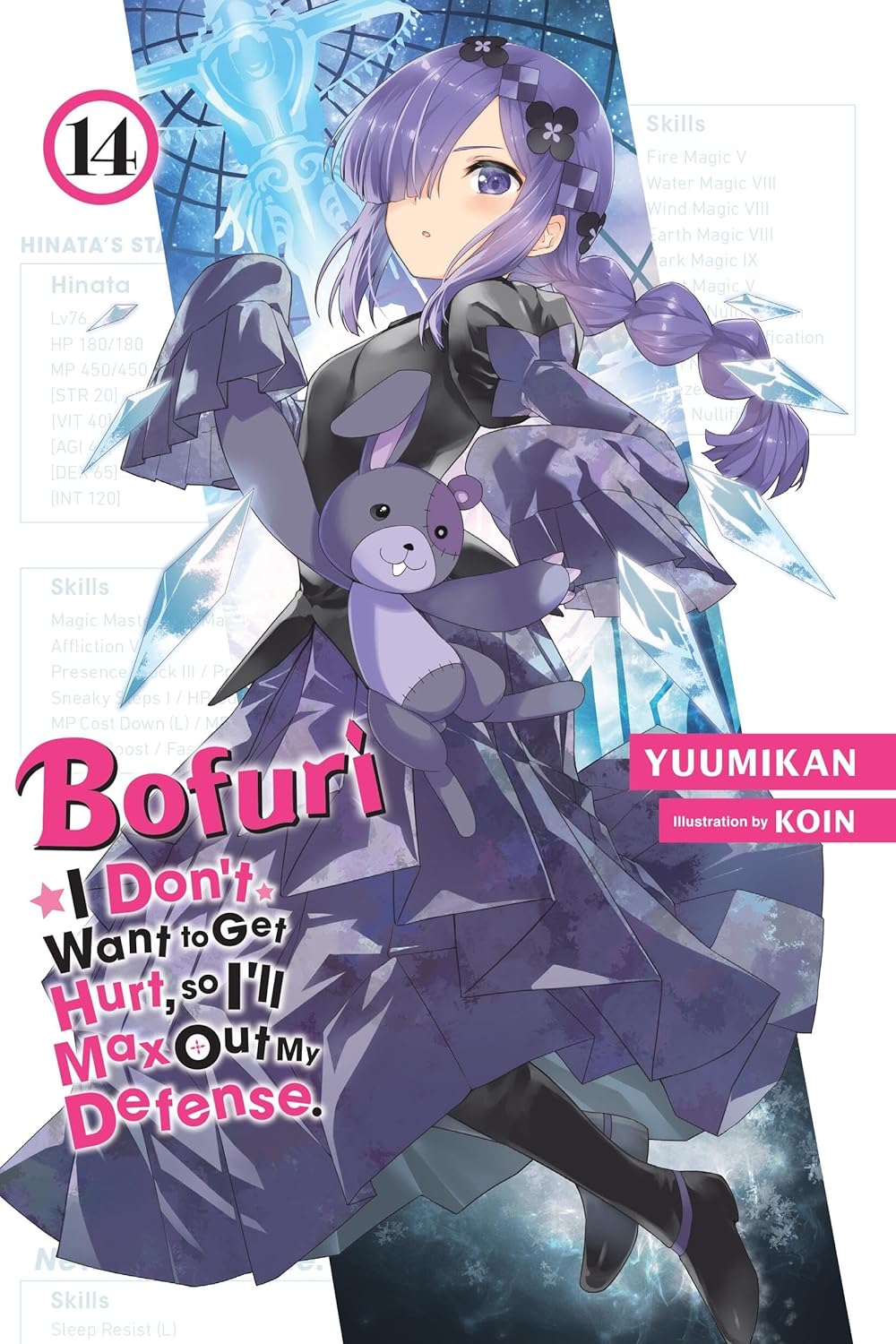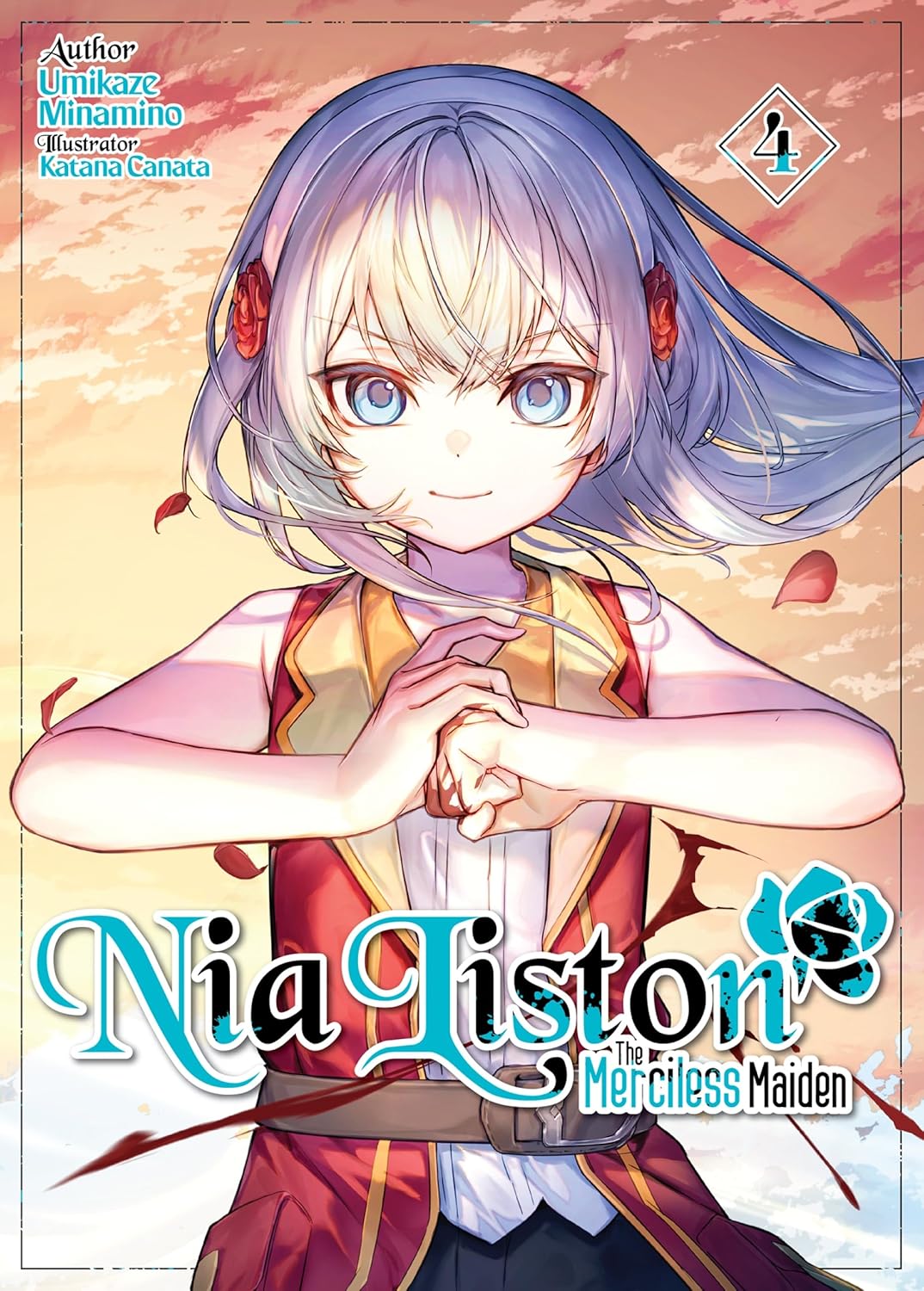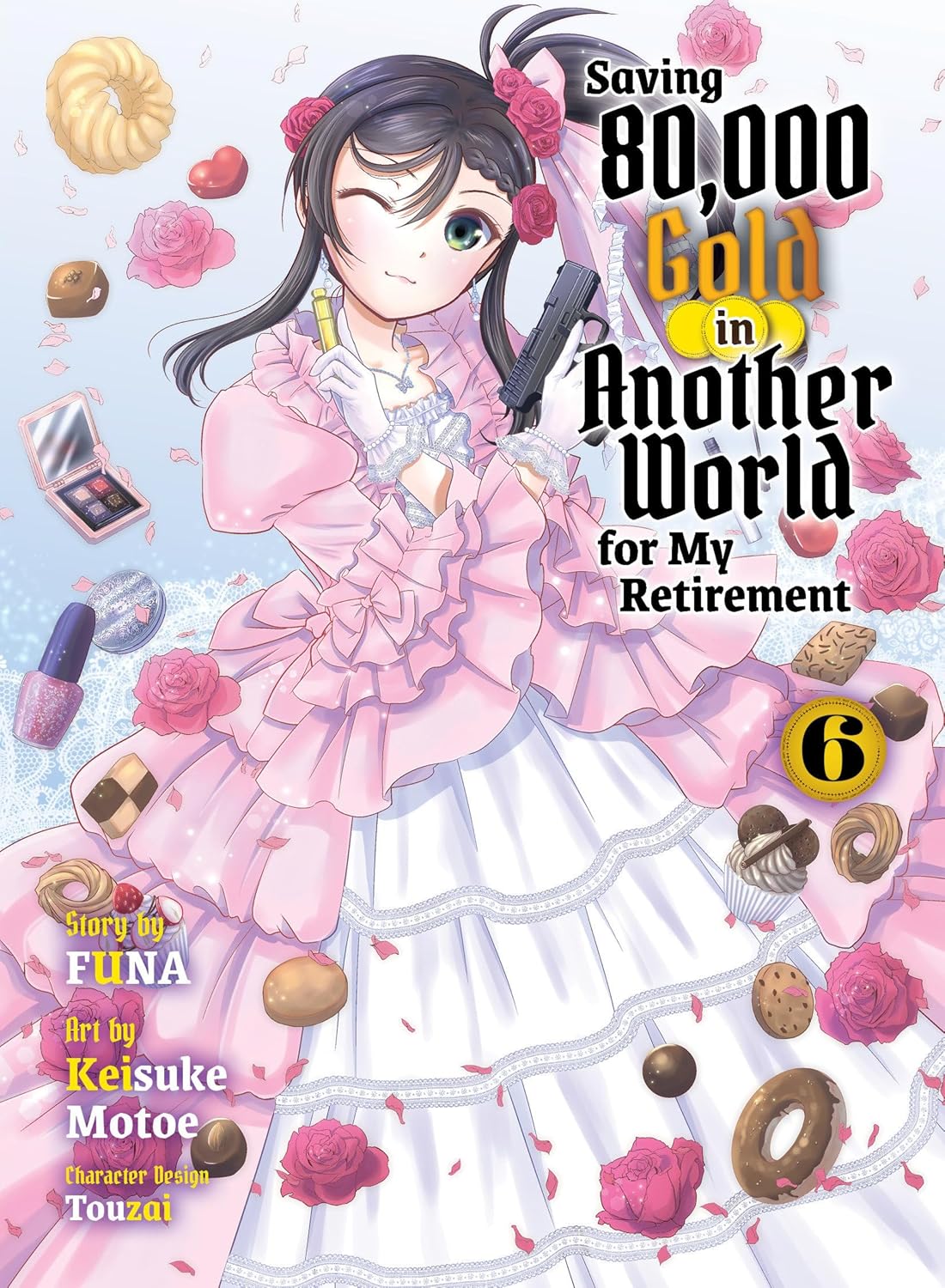By Yuumikan and KOIN. Released in Japan as “Itai no wa Iya nano de Bōgyoryoku ni Kyokufuri Shitai to Omoimasu” by Kadokawa Books. Released in North America by Yen On. Translated by Andrew Cunningham.
I’m sure I’m not telling you anything you don’t know when I say that this series entirely revolves around its star. Maple is why people read this series, and for the most part Maple is omnipresent throughout this series. Even the PVP events have been heavily Maple-centric, and several books have mostly just featured her and Sally taking over the narrative for 2/3 of the pages. So it was something of a surprise to see that this is easily the most balanced book in the entire series when it comes to the increasingly huge cast. Oh, don’t get me wrong, Maple is here throughout, and gets several things to do that cause people’s jaws to drop. But she’s hanging out with a bunch of other people who also have ridiculous moves, and not just the folks from Maple Tree. This is a book that spotlights its cast so much that even Frederica, who has made her entire name in this series by being second-best to Sally and whining, gets to be cool and powerful.
We’ve started the new PvP event. On one side: Maple Tree and the Order of the Holy Sword, plus a lot of other guilds who, honestly, are there to be cannon fodder. On the opposite side, we have Flame Empire, Rapid Fire, and Thunder Storm. Oddly, Maple is the one on the fire side, with all the monsters, while fire expert Mii is on the human side. What follows is a series of battles, usually featuring our main cast taking care of business pretty easily, followed by a back half of a big battle royale, where our main cast have a much harder time, and the correct answer may be “when is the correct time to run away without getting killed?”. And worst of all, this is a two-parter, so we don’t even get the closure of knowing who won in this book.
So yes, there’s less Maple in this book, but that’s not to say she doesn’t get her usual moments. For those who want “cool Maple”, the shot of her, with both white angel wins and black demon wings, wearing her halo and standing on a ledge looking like the wrath of God, is a treat. For those who love funny Maple, combining the Sheep Mode with Mai and Yui to give hapless players a rapid transit system is well worth the money. Speaking of Mai and Yui, it’s become pretty clear that after Maple and Sally, they’re the most dangerous ones in the party, and they too get “oh my GOD!” moments here that are both awesome and yet still kind of funny. (Every Mai and Yui joke is a variation on “when all you have is a hammer”.) This is a 100% game book, with not a Kaede or Risa to be found anywhere, and it moves at a fast pace. Even Pain manages to be interesting!… OK, that’s a lie. The author isn’t *that* good.
So yes, very Maple, much fight. Bring on the conclusion.



